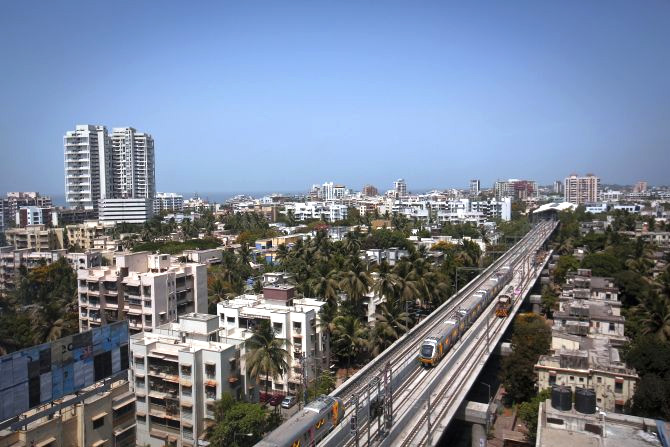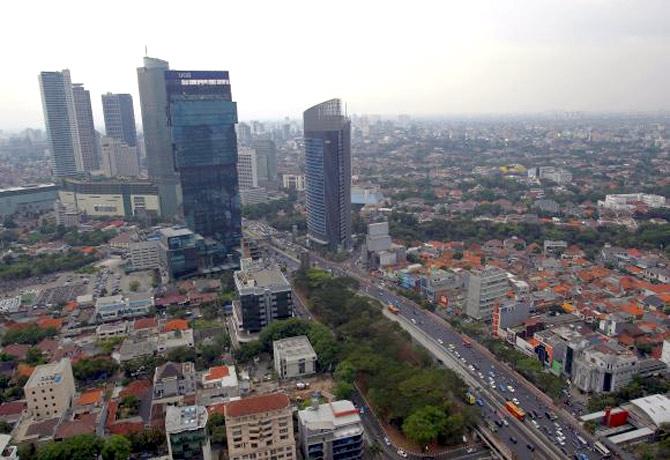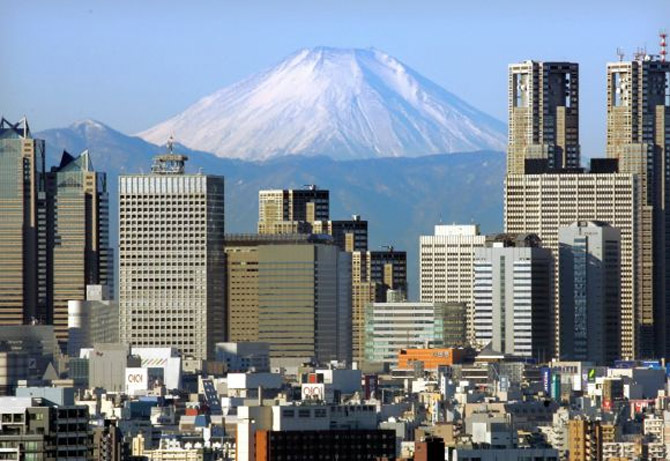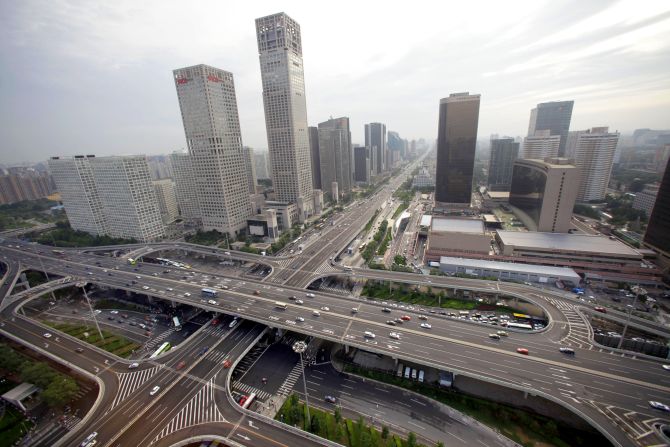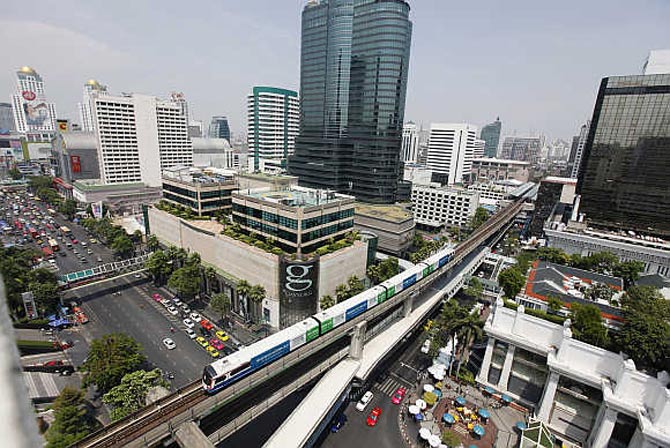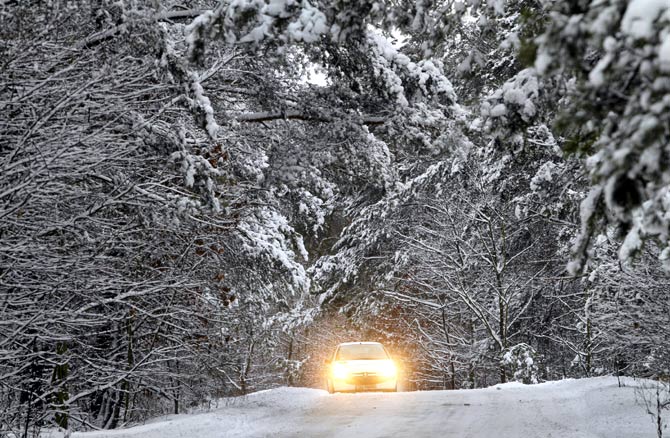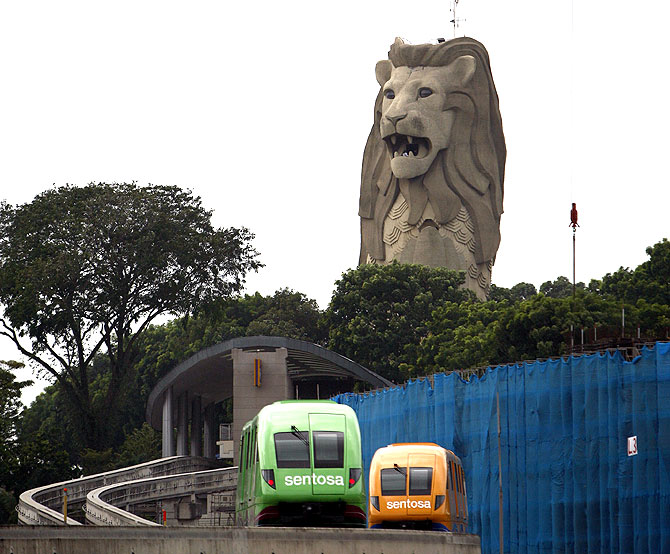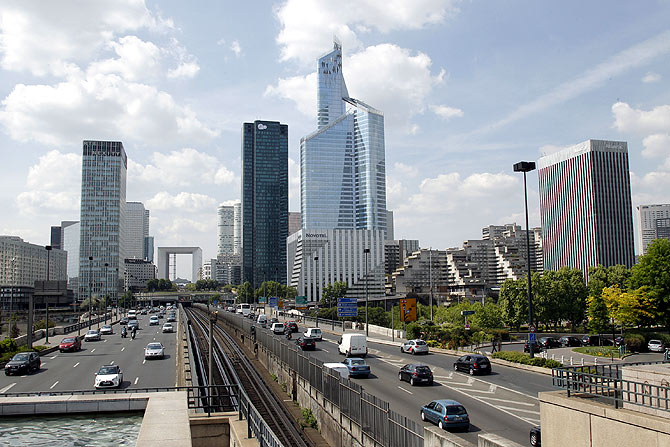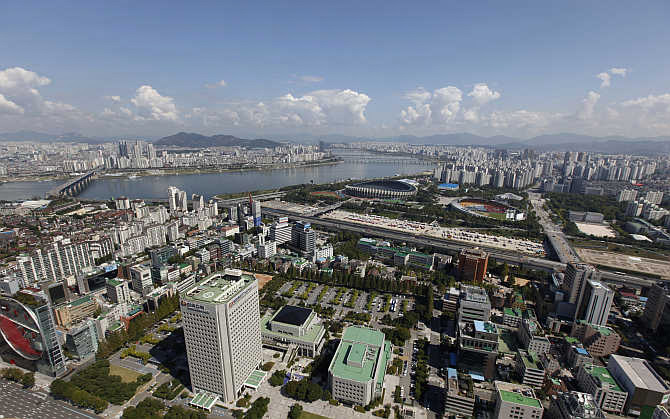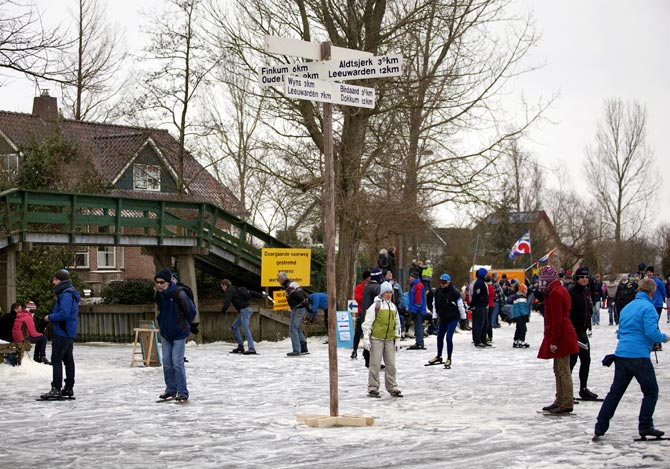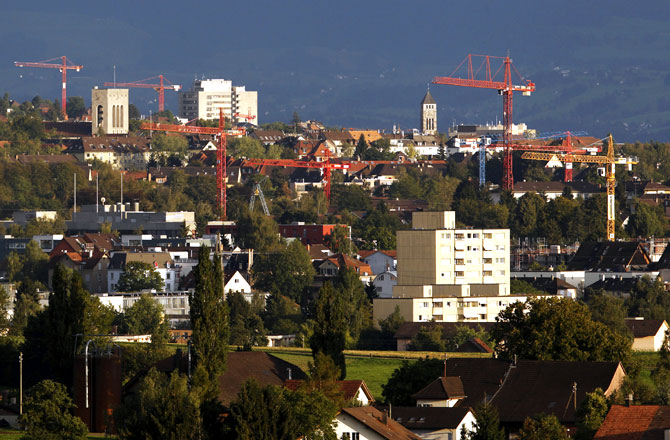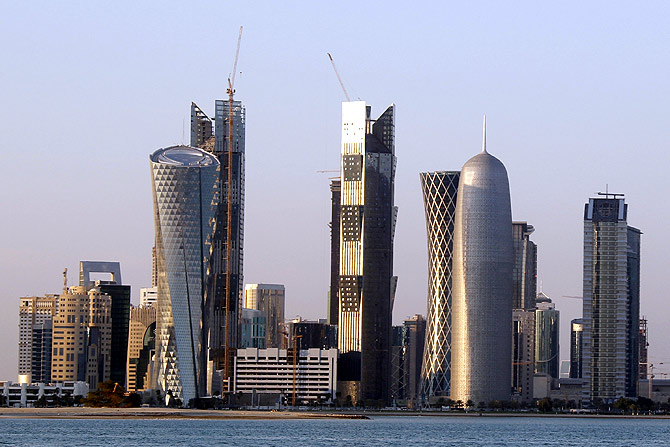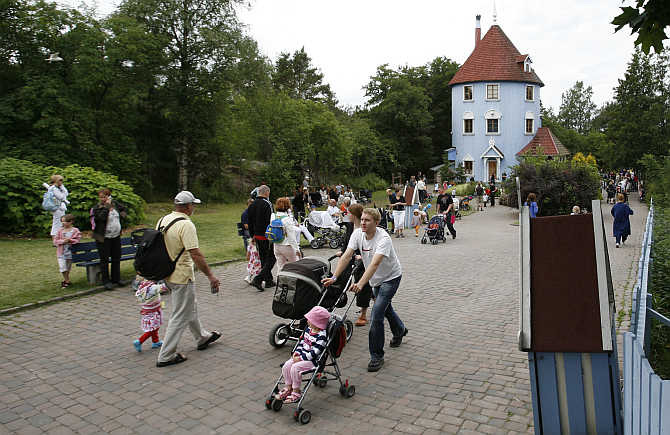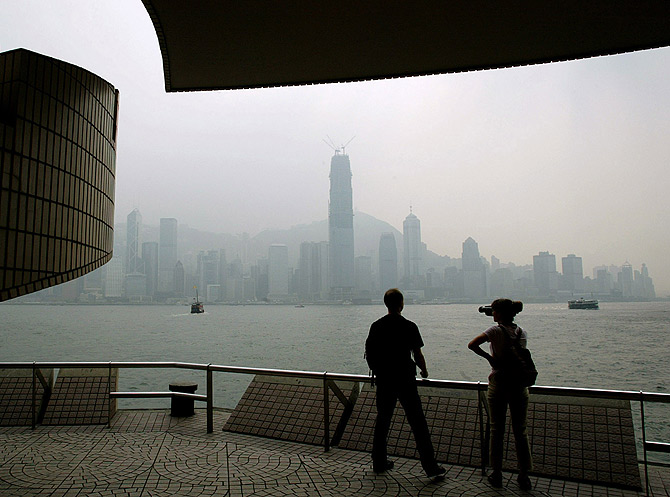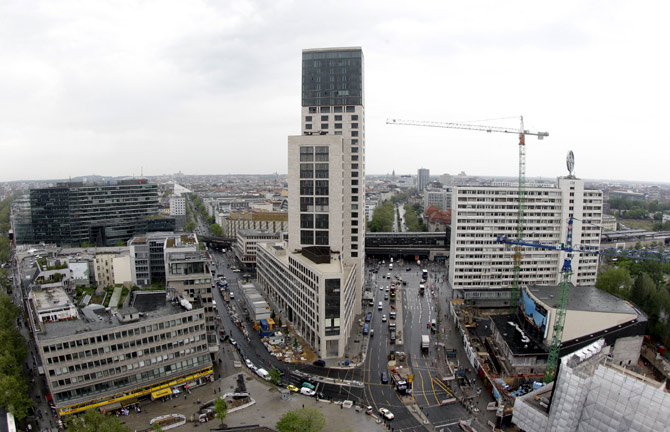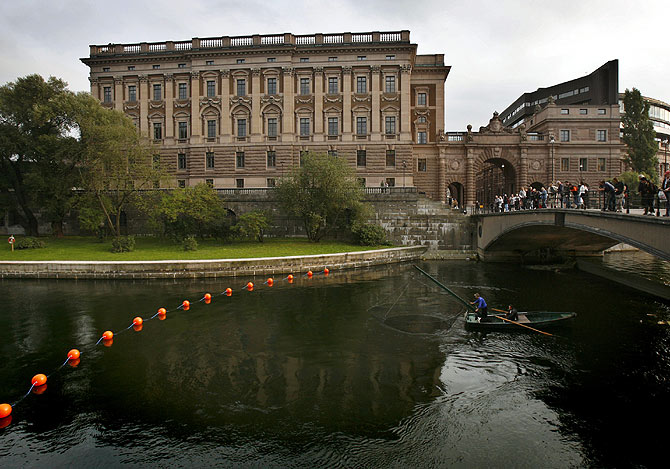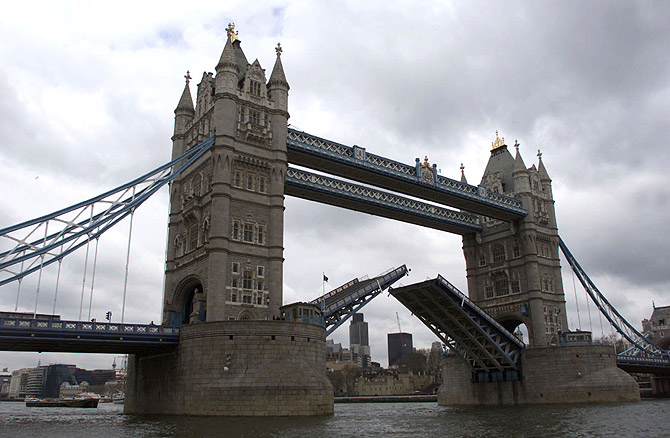 | « Back to article | Print this article |
India among riskiest locations to open a data centre
Though India is a leading IT player worldwide, it is among the riskiest countries to open a data centre, according to a study.
The research by Cushman and Wakefield, Hurleypalmerflatt and Source8 measured risks related to physical, economic and social issues in various countries around the world.
The study revealed that issues such as poor connectivity, government rules and supply-chain problems remain barriers to establishing data centres in Asia, despite the region's growing economies.
Let’s look at the best and worst places to open a data centre.
Brazil
Rank: 30
Though Brazil is at the bottom on the charts, between 2013 and 2015 the infrastructure of the country is expected to improve.
According to the report, there is a significant opportunity in Brazil but poor index performance is due to the high energy costs plus poor ease of doing business, inflation and taxation scores.
Click NEXT to read more…
India among riskiest locations to open a data centre
India
Rank: 29
The retail data centre market has continued to grow with operators beginning to build out larger Tier-III facilities.
The opportunities for growth are substantial but the ease of doing business is still a barrier.
Power security still remains a significant risk. However despite these challenges, the perspective remains that long-term India will be an attractive investment opportunity.
Click NEXT to read more…
India among riskiest locations to open a data centre
Indonesia
Rank: 28
Once again ranked as the country with the lowest cost of labour, Indonesia has seen its ranking and international bandwidth increase, rising 3 places overall.
Whilst energy supply and costs has remained competitive on the international scale, ease of doing business, and the rate of inflation are considered a high risk.
Click NEXT to read more…
India among riskiest locations to open a data centre
Mexico
Rank: 27
The limited competition within the telecommunications sector results in relatively high costs for the services.
Nevertheless, it’s poor outlook is counterbalanced by the economic potential of the country, its strategic location between USA and Latin America and the expectations that competition in the telecoms sector will increase over time.
Click NEXT to read more…
India among riskiest locations to open a data centre
Japan
Rank: 26
Japan has seen the biggest increase in risk of all the countries for 2013 falling six places compared to last year.
International bandwidth remains a strength and is continually improving with the launch of new submarine cables but natural disasters such as 2011’s earthquake has had a detrimental effect on the price and security of power.
Click NEXT to read more…
India among riskiest locations to open a data centre
China
Rank: 25
Businesses are investing heavily in the Chinese data centre market, which is expected to grow by 20 per cent annually over the next 5 years.
The difficult licensing policies of the country are a barrier for foreign investors and they have to partner with a local business.
Click NEXT to read more…
India among riskiest locations to open a data centre
Russia
Rank: 24
Remaining in the same position as last year, Russia’s abundance of water and energy reserves, energy security and low power pricing are still being offset by the difficulties in the ease of doing business, political instability, and high rate of inflation.
Click NEXT to read more…
India among riskiest locations to open a data centre
Australia
Rank: 23
When compared to the rest of the Asia Pacific region, Australia suffers from comparatively high power and labour costs.
As the new subsea cable project connecting Asia and US is about to take off, it is expected that Australia’s ranking will improve in the next two years.
Click NEXT to read more…
India among riskiest locations to open a data centre
Czech Rep
Rank: 22
An improvement in the comparative cost of energy has seen the Czech Republic rise three places.
However, the country ranks low on ease of doing business, resulting in an overall low position.
Click NEXT to read more…
India among riskiest locations to open a data centre
Spain
Rank: 21
The poor state of the Spanish economy has meant that although it remains an established data centre location with good international internet bandwidth, it is still in the lower half of the table. Political instability and high energy costs also detract from Spain’s overall ranking.
Click NEXT to read more…
India among riskiest locations to open a data centre
South Africa
Rank: 20
Data Centre operators are running out of space and power in Africa due to the massive increase in data usage.
While the international bandwidth availability offered by new submarine cables is improving, the cost and availability of power and lack of skilled manpower remains a major issue.
Click NEXT to read more…
India among riskiest locations to open a data centre
Thailand
Rank: 19
The increase in the cost of power, poor internet bandwidth and high risk of political instability has seen Thailand fall down the rankings.
The telecommunications industry in Thailand is beginning to enjoy some growth which could lead to further investment in infrastructure in the coming years.
Click NEXT to read more…
India among riskiest locations to open a data centre
Ireland
Rank: 18
Even though Ireland is home to a number of large data centres and benefits from a low corporation tax rate, a fall in the ease of doing business has caused an overall fall in the rankings.
Combined with comparatively high labour costs and energy sees Ireland remain in the bottom half of the table.
Click NEXT to read more…
India among riskiest locations to open a data centre
Poland
Rank: 17
Together with Sweden, Poland has moved the furthest up the index this year by moving up five places.
This has been helped by the low level of corporation taxation, cost of labour and the low risk of natural disaster.
A comparatively low increase in the cost of energy was also the key in Poland’s rise up the table.
With several large organisations moving back office operations to the country this may further improve its attractiveness in the medium term.
Click NEXT to read more…
India among riskiest locations to open a data centre
Malaysia
Rank: 16
A comparatively low increase in the cost of power and a rise in the ease of doing business category has seen Malaysia rise three places in this year’s ranking.
The metrics that continue to negatively impact the country’s development are the high risk associated with political instability, the relatively poor international bandwidth and the low percentage of the population having completed tertiary education.
Alongside other Asian countries Malaysia is very attractive to the data centre market as an established BPO destination.
Click NEXT to read more…
India among riskiest locations to open a data centre
Singapore
Rank: 15
Rising two places from the 2012 index, improvements in the cost of power, and a strong score in respect of ease of doing business are making the Singapore market a very attractive investment for data centre organisations.
We are seeing significant investment in the market from many organisations. The comparatively high cost of labour and high rate of inflation has kept Singapore out of the top 10 locations.
Click NEXT to read more…
India among riskiest locations to open a data centre
France
Rank: 14
Although France represents one of EMEA’s (Europe, the Middle East and Africa) largest and most established data centre locations, it remains outside of the top ten because of its low score for ease of doing business, high taxation, labour costs, high levels of industrial action and political instability.
Click NEXT to read more…
India among riskiest locations to open a data centre
South Korea
Rank: 13
An increase in its comparatively low energy costs and a rise in corporation tax have seen South Korea fall two places this year.
The country is also deemed to be at high risk from natural disasters such as floods and typhoons, political instability and energy security.
Click NEXT to read more…
India among riskiest locations to open a data centre
Netherlands
Rank: 12
A fall in the cost of labour has supported the Netherlands, considered the connectivity gateway to mainland Europe, to rise two places in this years ranking.
It has a low-risk of natural disaster and is considered politically stable but is held back by a low ease of doing business.
Click NEXT to read more…
India among riskiest locations to open a data centre
Switzerland
Rank: 11
Even with the lowest rates of inflation and corporation tax, Switzerland has fallen out of the top 10 due to a lack of improvement to its international bandwidth capabilities. Labour costs are also high in the country.
Click NEXT to read more…
India among riskiest locations to open a data centre
Qatar
Rank: 10
Qatar's telecoms regulator, ictQatar, has outlined an ambitious plan to expand the country's ICT sector in the next five years, including a commitment to invest $500 million to accelerate the deployment of a nationwide fibre-to-the-home broadband network.
This combined with the presence of a number of well developed data centres facilities suggest that Qatar is potentially a place to watch for the future.
Click NEXT to read more…
India among riskiest locations to open a data centre
Finland
Rank: 9
Finland’s limited investment in international bandwidth has seen it remain in the same position as last year whilst most other Nordic countries have all moved up the rankings.
It has the lowest risk of natural disasters and considered politically stable. Its continued reliance on energy from Russia still results in the lowest ranking for energy security.
Click NEXT to read more…
India among riskiest locations to open a data centre
Norway
Rank: 8
The second highest increase in rankings has seen Norway move into the top 10 thanks to its strong political stability and high ease of doing business.
Norway has a high availability of natural resources and a high percentage of energy is produced from renewable sources.
For these reasons there is an increased investment in the data centre market.
Click NEXT to read more…
India among riskiest locations to open a data centre
Iceland
Rank: 7
Previously the highest ranked Nordic country, Iceland has now fallen three places and been overtaken by Sweden.
High labour costs and no rise in the capacity of international bandwidth have had a negative impact.
Click NEXT to read more…
India among riskiest locations to open a data centre
Hong Kong
Rank: 6
Hong Kong's role as a leading business centre in the Asia-Pacific region owes much to its advanced telecommunications infrastructure, which facilitates domestic and international communications by voice or data.
The data centre sector has been growing fast in recent years and it will continue to increase.
The Local Government is committing to fostering Hong Kong as the prime location for data centres in Asia Pacific but land is at a premium.
Click NEXT to read more…
India among riskiest locations to open a data centre
Canada
Rank: 5
Costs of labour and energy have improved since last year. International bandwidth ranking has slipped to 11th place, which is surprising when considering how established the data centre market is.
This will improve with the construction of a new submarine broadband cable slated to complete in 2014, focussed on enhanced links to the global commercial markets.
Click NEXT to read more…
India among riskiest locations to open a data centre
Germany
Rank: 4
A major world economy and a major data centre hub. Taxation and labour costs are high but its high-ranking stems from its high internet bandwidth capacity, low rate of inflation and stable political system.
However energy costs have risen over the last 12 months, which puts Germany a rank lower than last year’s.
Click NEXT to read more…
India among riskiest locations to open a data centre
Sweden
Rank: 3
Rising five places into the top 3, Sweden performs relatively well in all categories with the exception of labour costs.
It performs particularly well in sustainability owing to the high percentage of energy coming from renewable resources.
It is also considered to be of very low risk in respect of natural disasters and political instability.
A number of global players have recognised this and have located data centres in Sweden.
Click NEXT to read more…
India among riskiest locations to open a data centre
UK
Rank: 2
The position of the UK is once again predominantly due to the high international internet bandwidth capacity and the good score for ease of doing business.
Energy costs have continued to rise and the UK’s heavy reliance on fossil fuels scores poorly for sustainability and energy security.
The energy issue can potentially impact the UK’s ranking in the future.
Click NEXT to read more…
India among riskiest locations to open a data centre
US
Rank: 1
For the third year the US has remained in first place as the lowest risk location. It still has the highest internet bandwidth capacity of all the countries included in the index.
The average cost of electricity has remained relatively low whilst most other countries have seen prices increase.
Natural disasters remain the most significant risk to data centres, as we saw last year with Hurricane Sandy in New York.

